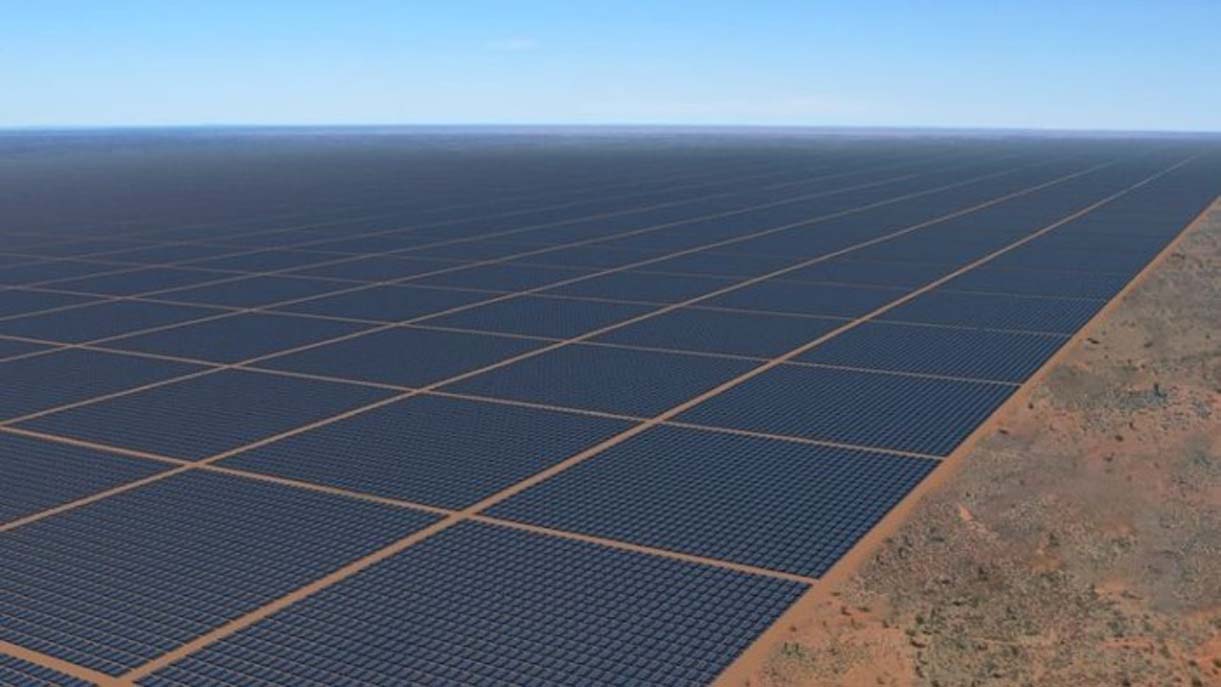LJC ENERGY

LJC energy is dedicated to the move from fossil fuel to renewable energy. Kenya is a very energy-rich nation and is strategically located in that she has several locations with the potential to channel (on a large scale) wind, solar, tidal, geothermal and tidal energy as well as having natural gas reservoirs. Furthermore, Kenya has the land and raw materials (agricultural waste as well as solid household waste) to harness energy from biomass, biodiesel and other biofuels. Moreover, Kenya has the infrastructure (at the coast) to potentially produce and export substantial quantities of hydrogen fuel.
LJC Energy has also created partnerships with other energy companies all over the world to:
- grant them access to relevant ministries and governments in foreign nations for the purpose of fostering Power Purchase Agreement
- assisting countries/ municipalities / multinationals reduce their carbon footprint Purchase carbon credit if they have surpassed their allotted CO2 emissions limit for the year / quarter
- helping companies and countries to sell their carbon deficits to willing buyers on the carbon market
- providing energy companies and different governments with access to our Network of International financiers and investors who will provide Funding for the renewable energy programs
- marketing and managing our clients’ RECs on the carbon credit exchange
- providing consultancy services for government and multinationals in the renewable energy fields
- providing project proposal writing and feasibility assessment services to our clients who have the funding but need an appropriate project to channel their funds into, as well as those who have the idea but lack the expertise to implement it
LJC Energy also identifies similar opportunities in other countries for the purpose of maximizing on resource availability and improving energy efficiency and zero emissions:
- A geothermal plant
- Wind turbines
- A biomass power plant with wood chippings as feed stock
- A hydroelectric power plant
- A solar farm
- A hydrogen production plant.
A GEOTHERMAL PLANT

WIND TURBINE

A BIOMASS POWER PLANT WITH WOOD CHIPPINGS AS FEED STOCK

- Capturing and purifying methane gas from landfills
- Burning solid waste to heat a boiler and channel steam to an electric turbine.
HYDROELECTRIC POWER PLANT

A SOLAR FARM

HYDROGEN POWER PLANT


--Trade-Financing-14-07-2021.png)
--Logistics-14-07-2021.png)
-Project-Financing--14-07-2021.png)
-Energy--14-07-2021.png)
--Agribusiness-14-07-2021.png)